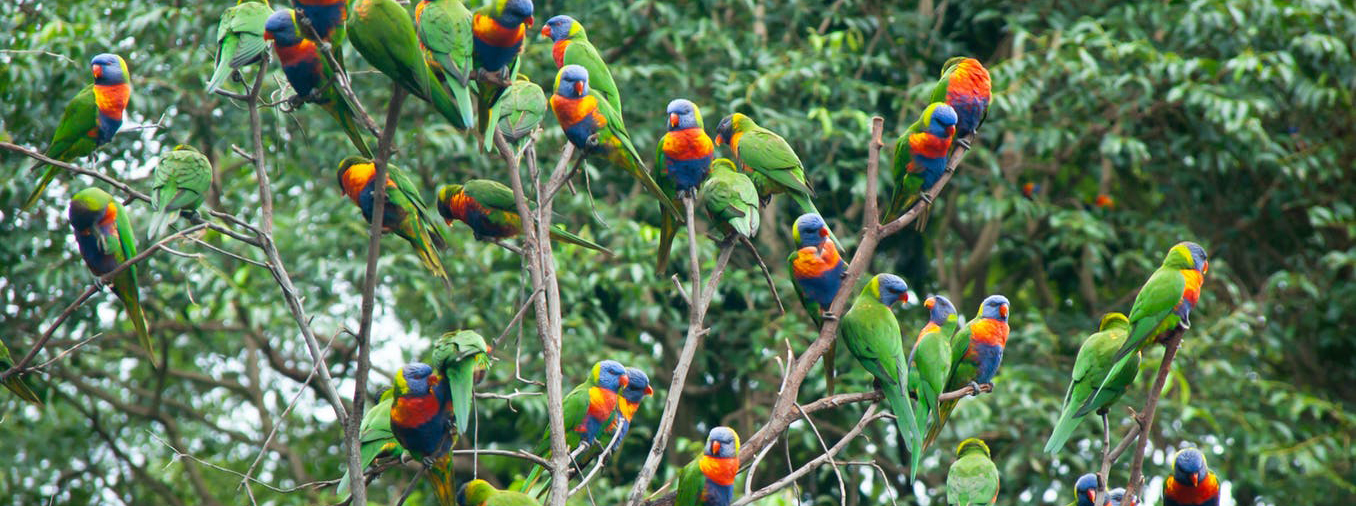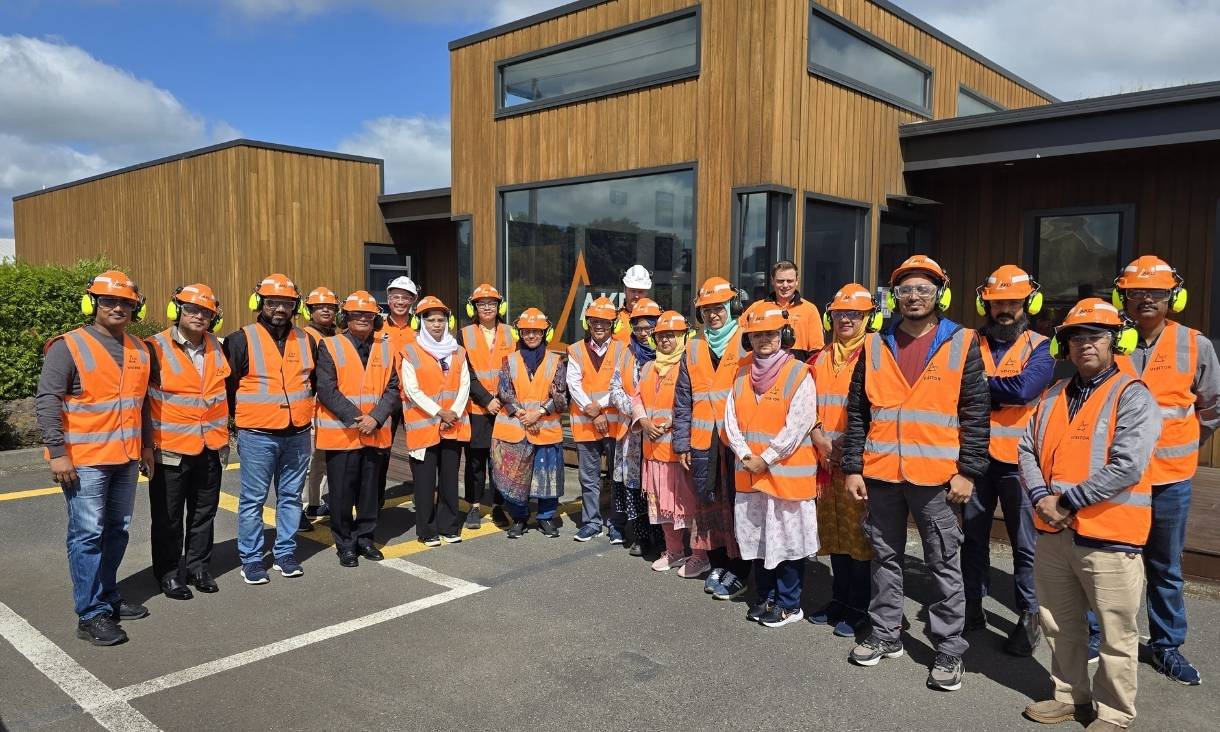RMIT researchers help build climate-resilient housing in rural Bangladesh
Researchers from RMIT have partnered with the Palli Karma Sahayak Foundation (PKSF) in Bangladesh to build 40 sustainable and resilient housing solutions for vulnerable rural communities.
Anti-fatberg invention could help unclog city sewers
Engineers from RMIT University have invented a protective coating for concrete pipes that could help drastically reduce the formation of fatbergs in sewers.
RMIT and council trial world-first coffee concrete footpath
Freshly brewed coffee concrete may be coming to a street near you after RMIT University teamed up with Macedon Ranges Shire Council to conduct a world-first coffee concrete footpath trial.
Coffee concrete makes its debut in a major infrastructure project
An innovation developed at RMIT University has been used for the first time in a major infrastructure project, being laid into a footpath along a busy road in Pakenham as part of Victoria’s Big Build.








